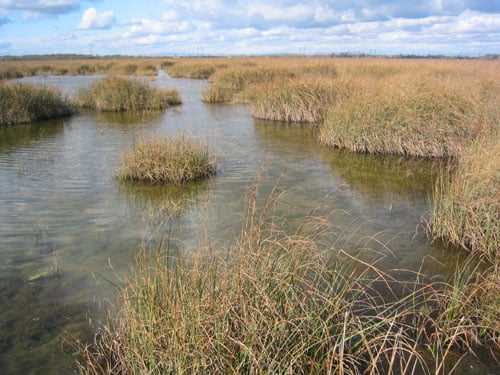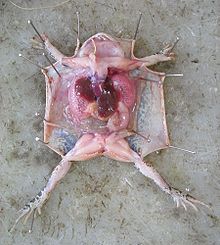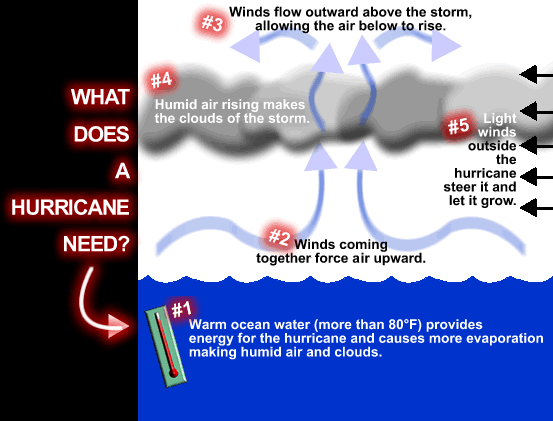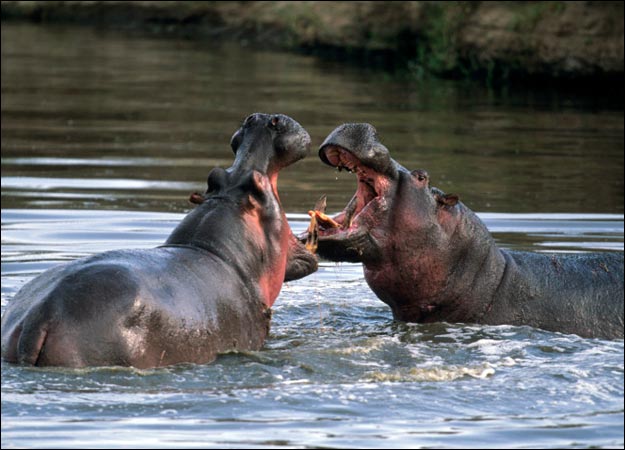William completed his Bachelor of Science and Master of Arts in 2013. He current serves as a lecturer, tutor and freelance writer. In his spare time, he enjoys reading, walking his dog and parasailing.
Article last reviewed: 2022 | St. Rosemary Institution © 2010-2025 | Creative Commons 4.0
Zeno of Elea was born in Elea, Italy, in 490 B.C. He died there in 430 B.C., in an attempt to oust the city’s tyrant. He was a noted pupil of Parmenides, from whom he learned most of his doctrines and political ideas. He believed that what exists is one, permanent, and unchanging. Zeno argued…
Sir Isaac Newton and Gottfried Wilhelm Leibniz are two of the most supreme intellects of the 17th century. They are both considered to be the inventors of Calculus. However, after a terrible dispute, Sir Isaac Newton took most of the credit. Gottfried Wilhelm Leibniz (1646-1716) was a German philosopher, mathematician, and statesman born in the…
Trigonometry uses the fact that ratios of pairs of sides of triangles are functions of the angles. The basis for mensuration of triangles is the right-angled triangle. The term trigonometry means literally the measurement of triangles. Trigonometry is a branch of mathematics that developed from simple measurements. A theorem is the most important result in…
Paul Adrien Maurice Dirac (1902-1984), known as P. A. M. Dirac, was the fifteenth Lucasian Professor of Mathematics at Cambridge. He shared the Nobel Prize for Physics in 1933 with Erwin Schrodinger.[2] He is considered to be the founder of quantum mechanics, providing the transition from quantum theory. The Cambridge Philosophical Society awarded him the…
Leonhard Euler, (born April 15, 1707, died Sept. 18, 1783), was the most prolific mathematician in history. His 866 books and articles represent about one third of the entire body of research on mathematics, theoretical physics, and engineering mechanics published between 1726 and 1800. In pure mathematics, he integrated Leibniz’s differential calculus and Newton’s method…
Georg Cantor founded set theory and introduced the concept of infinite numbers with his discovery of cardinal numbers. He also advanced the study of trigonometric series and was the first to prove the nondenumerability of the real numbers. Georg Ferdinand Ludwig Philipp Cantor was born in St. Petersburg, Russia, on March 3, 1845. His family…
The Fibonacci numbers were first discovered by a man named Leonardo Pisano. He was known by his nickname, Fibonacci. The Fibonacci sequence is a sequence in which each term is the sum of the 2 numbers preceding it. The first 10 Fibonacci numbers are: (1, 1, 2, 3, 5, 8, 13, 21, 34, 55, 89).…
Geometry was thoroughly organized in about 300 BC, when the Greek mathematician Euclid gathered what was known at the time, added original work of his own, and arranged 465 propositions into 13 books, called ‘Elements’. The books covered not only plane and solid geometry but also much of what is now known as algebra, trigonometry,…
Blaise Pascal was born at Clermont, Auvergne, France on June 19, 1628. He was the son of Étienne Pascal, his father, and Antoinette Bégone, his mother who died when Blaise was only four years old. After her death, his only family was his father and his two sisters, Gilberte, and Jacqueline, both of whom played…
Apollonius was a great mathematician, known by his contempories as “The Great Geometer, “whose treatise Conics is one of the greatest scientific works from the ancient world. Most of his other treatises were lost, although their titles and a general indication of their contents were passed on by later writers, especially Pappus of Alexandria. As…
Ancient knowledge of the sciences was often wrong and wholly unsatisfactory by modern standards. However, not all of the knowledge of the more learned peoples of the past was false. In fact, without people like Euclid or Plato, we may not have been as advanced in this age as we are. Mathematics is an adventure…
Gauss, Carl Friedrich (1777-1855). The German scientist and mathematician Gauss is frequently he was called the founder of modern mathematics. His work is astronomy and physics is nearly as significant as that in mathematics. Gauss was born on April 30, 1777 in Brunswick (now it is Western Germany). Many biographists think that he got his…
Satanism is the religion of the flesh. Happiness, to the Satanist must be found here and now. No heaven exists to go to after death and no Hell of burning punishment awaits the sinner. Strongly attached to our family and close associations, we make excellent friends. Satanists do not believe that you can love everyone…
Marshland is covered with grasses, reeds, sedges, and cattails. These plants all have their roots in soil covered or saturated with water and its leaves held above water. Marshes may be freshwater or salt. Freshwater marshes develop along the shallow edges of lakes and slow-moving rivers, forming when ponds and lakes become filled with sediment.…
Many people today, including scientists and doctors, are questioning the suffering and killing of animals for the sake of human beings. Is it morally correct to dissect a frog or a worm for the purpose of educating a high school student? On the other hand, must “We study life to protect life” (1:131) The issue…
There is currently much debate on the desirability of landfilling particular wastes, the practicability of alternatives such as waste minimisation or pre-treatment, the extent of waste pre-treatment required, and of the most appropriate landfilling strategies for the final residues. This debate is likely to stimulate significant developments in landfilling methods during the next decade. Current…
The scene is breathtakingly beautiful; a thick brush of purple flowers blankets Canada’s wetlands. This blanket silences the expected sounds of the wetland environment, birds chirping, ducks splashing, insects buzzing and animals thriving. This unnatural silence is disturbing, the favourite flowers that used to litter this landscape are no longer visible, the water that used…
John Muir was a man of great importance in the history of the United States and in the preservation of it’s beauty. His tireless efforts to protect natural wonders such as Yosemite Valley demonstrated his undying love for the outdoors. Muir took a stand against the destructive side of civilization in a dauntless battle to…
Hurricanes get their start over the warm tropical waters of the North Atlantic Ocean near the equator. Most hurricanes appear in late summer or early fall, when sea temperatures are at their highest. The warm waters heats the air above it, and the updrafts of warm, moist air begin to rise. Day after day the…
The ban on elephant ivory trading has slowed down the poaching of elephants, but now poachers are getting their ivory from another creature, the hippopotamus. For the poacher, the hippo is an easy target. They stay together for long hours in muddy water pools, as many as eighty-one can be found in a single square…




















